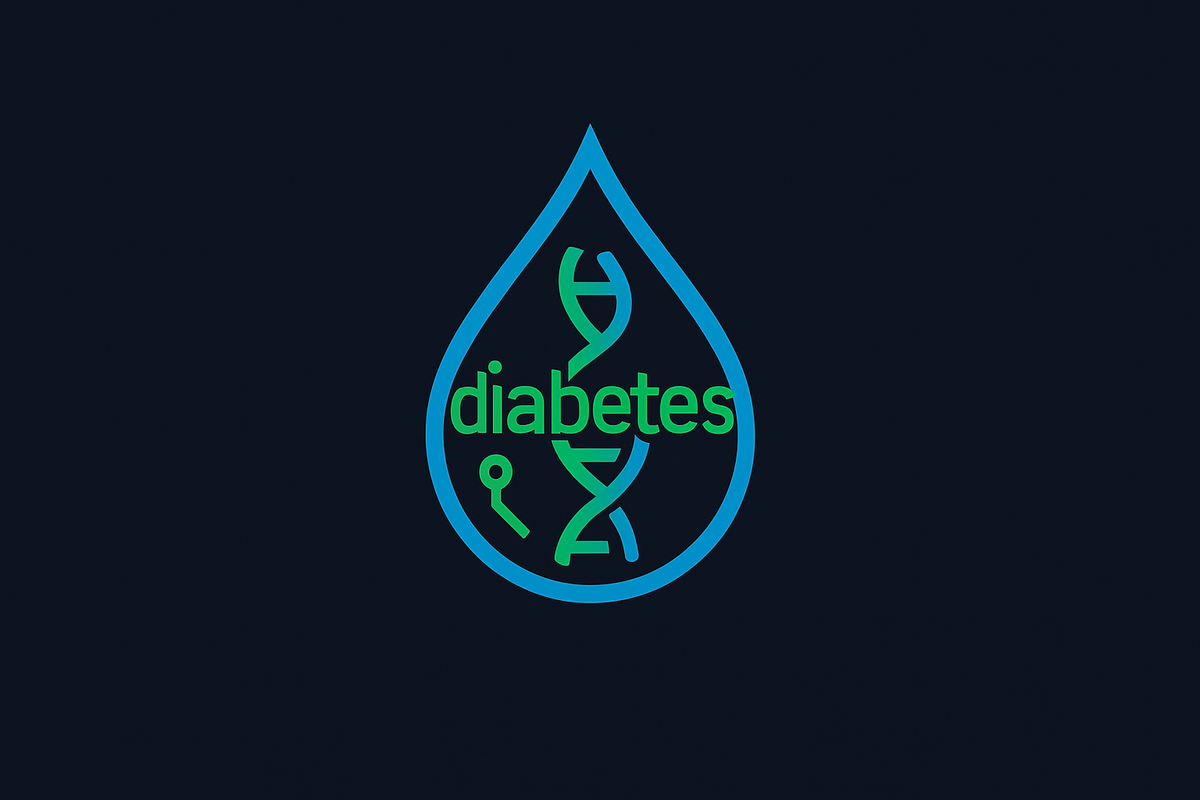Living with diabetes means regular health checks, and one of the most important is the NHS diabetic eye screening test. I recently had mine, and I’m relieved to share that it all went well. Here’s a rundown of my experience, what the test involves, and why it’s so crucial for anyone with diabetes.
Feeling Nervous Before the Test
I’ll admit, I was a bit anxious going into the appointment. For a while, I’d been noticing some blurry vision in the mornings, which had me worried. I know diabetic eye screening checks for signs of diabetic retinopathy—a condition where high blood sugar levels damage the blood vessels in the retina, potentially leading to vision loss. The thought of getting bad news was daunting, but I knew the test was essential.
What Happens During the NHS Diabetic Eye Screening?
For anyone who hasn’t had this test before, here’s what you can expect. The NHS diabetic eye screening is quick, straightforward, and painless, though it might feel a bit uncomfortable at times. It’s offered annually to everyone with diabetes over the age of 12 in the UK to catch any early signs of eye damage.
- Arrival and Initial Checks: When I arrived at the clinic, the staff were friendly and put me at ease. They asked about my medical history, any changes in my vision, and whether I’d had any previous eye tests. They also checked my vision using a standard eye chart, similar to what you’d do at an optician.
- Eye Drops: Next, they put drops in my eyes to dilate my pupils. This allows the camera to get a clear view of the back of the eye, including the retina. The drops sting a little and make your vision blurry for a few hours, so you’re advised not to drive to the appointment. It took about 20-30 minutes for my pupils to dilate fully.
- Photos: Once my pupils were dilated, I sat in front of a special camera. The technician asked me to look at a specific point while they took digital photos of the back of my eyes. There were a few bright flashes, which were a bit dazzling, but it was over in a couple of minutes. They took images of both eyes to ensure a thorough check.
- After the Test: After the photos were taken, the technician explained that the images would be reviewed by a specialist to look for any signs of diabetic retinopathy or other eye conditions. They warned me that my vision would stay blurry for a few hours and gave me some disposable sunglasses to help with light sensitivity. I was told I’d get my results by post within a few weeks.
The whole process took about 45 minutes, and the staff were great at explaining everything, which helped calm my nerves.
Waiting for the Results
The wait for the results was probably the hardest part. My morning blurry vision had me second-guessing myself, wondering if it was a sign of something serious. I tried to stay positive, reminding myself that the screening is designed to catch issues early, when they’re most treatable.
The Good News
A couple of weeks later, I received a letter from the NHS with my results, and I couldn’t have been more relieved. The letter confirmed that there were no signs of diabetic retinopathy or any other diabetes-related damage in my eyes. Even better, they said my eyes were in such good condition that I won’t need another screening for two years instead of the usual one-year interval. This was a huge weight off my shoulders.
Why Diabetic Eye Screening Matters
Diabetic retinopathy can develop without any obvious symptoms in the early stages, which is why these screenings are so important. If caught early, treatments like laser therapy or injections can prevent serious vision loss. The NHS screening programme is free, well-organised, and could literally save your sight, so I’d urge anyone with diabetes to attend their appointments.
THE END
My NHS diabetic eye screening was a positive experience, despite my initial nerves. The process was efficient, the staff were reassuring, and getting the all-clear was a massive relief. If you’re feeling anxious about your screening or have noticed changes in your vision, don't wait and just speak to your GP. For now, I’m grateful for the good news and will keep focusing on managing my diabetes to protect my eyes in the long run.
If you’ve got a screening coming up, try not to worry—it’s a quick test that could make all the difference. Here’s to healthy eyes and peace of mind!

Member discussion: